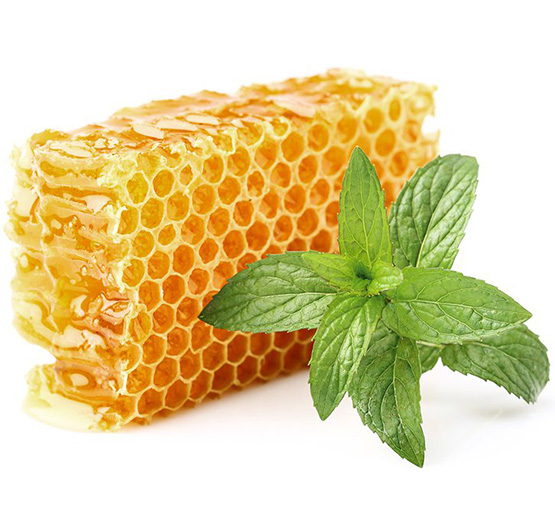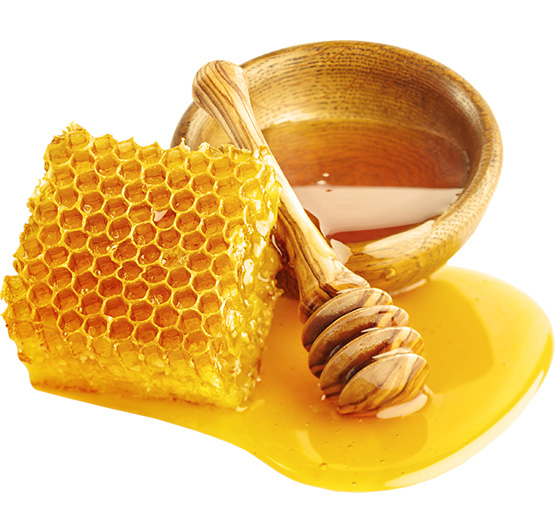Welcome To Template Shop
New Arrival Up To 70% Off
Limited Stock Hurry Up Now
Online Sell
cup of coffee
Happy Clients
Winning awards

Honey is produced by bees collecting nectar and honeydew for use as sugars consumed to support metabolism of muscle activity during foraging or to be stored as a long-term food supply
Honey gets its sweetness from the monosaccharides fructose and glucose, and has about the same relative sweetness as sucrose table sugar Fifteen millilitres (1 US tablespoon) of honey provides around 190 kilojoules (46 kilocalories) of food.
learn more
Leaving the hive, a foraging bee collects sugar-rich flower nectar, sucking it through its proboscis and placing it in its proventriculus (honey stomach or crop), which lies just dorsal to its food stomach. The honey stomach holds about 40 mg of nectar, or roughly 50% of the bee's unloaded weight
The bees work together as a group with the regurgitation and digestion for as long as 20 minutes, passing the nectar from one bee to the next, until the product reaches the honeycombs in storage quality.
learn moreTo safely collect honey from a hive, beekeepers typically pacify the bees using a bee smoker. The smoke triggers a feeding instinct (an attempt to save the resources of the hive from a possible fire), making them less aggressive, and obscures the pheromones the bees use to communicate. The honeycomb is removed from the hive and the honey may be extracted from it either by crushing or by using a honey extractor. The honey is then usually filtered to remove beeswax and other debris.